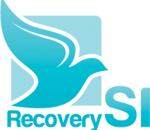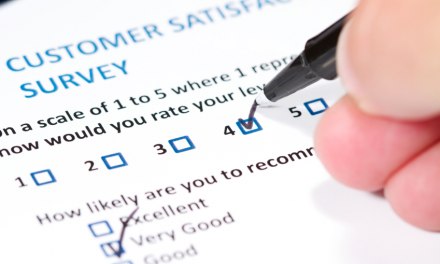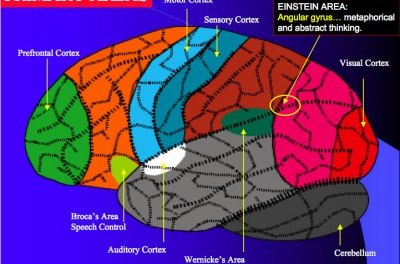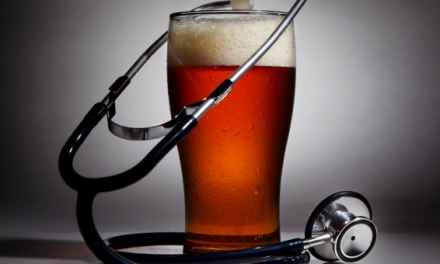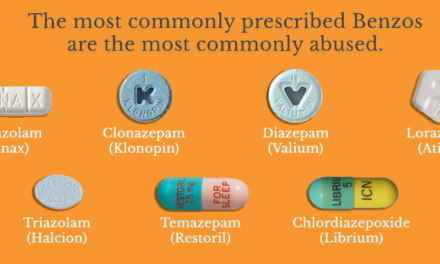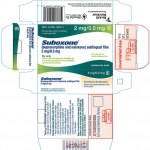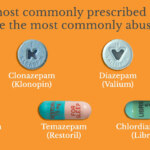For the past few years, we’ve been hearing a great deal about so-called “binge drinking”, especially among kids and also young adults from 18 to 25.
A binge in this context is defined as consumption of more than 5 drinks for men, 4 for women, on a single occasion– at a party, say, or during a night out. Statistically, we’re told, this level of consumption is associated with a variety of consequences, ranging from a hangover to some pretty significant problems with respect to one’s physical and mental health.
Along with the potential to behave very badly, of course.
Frankly, most of the patients I’ve run into in a treatment setting admitted to drinking considerably more — often routinely. Quite a few would have regarded 4 or 5 drinks a night as light to moderate drinking. And for them, it probably was.
Now, it seems researchers have identified a new category of alcohol consumption, called High-Intensity Drinking — which involves downing 8 to 10 drinks in a row.
That, it seems, results in a much larger increase in the associated consequences. I just bet it does.
Counting drinks as an indicator of alcoholism has never seemed very helpful to me. In the first place, I have little faith in a detox patient’s self-report. I doubt they’ve kept careful records.
“Two drinks, that’s my limit,” insisted one new admission. “I might have three, if it’s been a bad day. Except on weekends,” he amended. “Now, that is my time to relax. Hit the bars, have a good time.”
I asked how much he drank on the weekends. “Sometimes a lot. I might have trouble remembering.” Later, we realized that he had been experiencing frequent blackouts — he was unable to recall hours at a stretch during a drinking episode.
A complete blank.
I realized then that what I was getting during the interview was just a patient’s estimate of what their consumption might have been. A guess, really, based on, well, who knows what?
In practical terms, it’s far more helpful for a working counselor to focus on the problems that result, directly or indirectly, from high-intensity drinking, than on the amounts themselves.
If you can increase someone’s awareness of those consequences — often a difficult task, and time- consuming— you’ve significantly enhanced their motivation for change.
